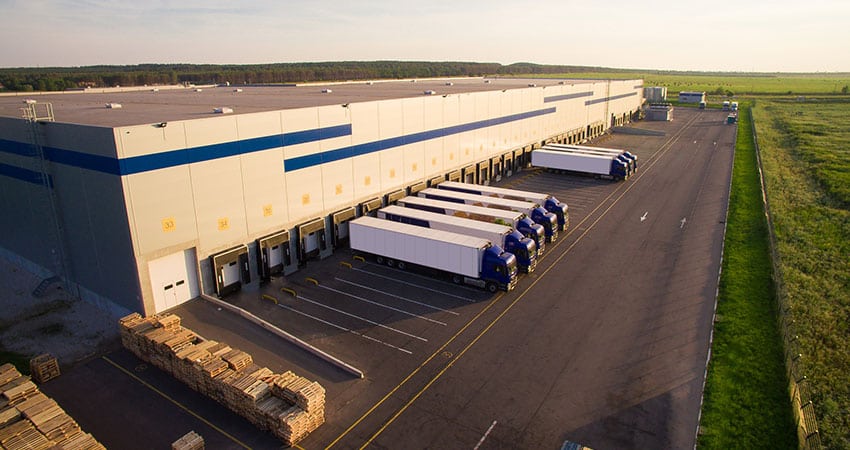Vancouver is the world’s hottest market for industrial and logistics facilities, followed by Beijing, based on a lack of available space and skyrocketing rents, according to a new report from CBRE. About a third of the activity is attributable to ecommerce, the company said.
Vancouver saw an average rent increase of 29.1% for industrial and logistics facilities in the first quarter, based on a vacancy rate of 1.6% and a lack of class A space, CBRE said in its report. Beijing’s increase was 19.8%. Other hot markets globally were Budapest (11.1% rental price growth), London (10%), Paris (8.3%) and Manchester/Liverpool (8%).
After Vancouver Oakland had the highest Q1 rent increase for industrial and logistics facilities in the Americas (14%), followed by Seattle (13.4%), New Jersey (9.5%) and California’s Inland Empire (6.7%).
Of the 71 global hubs tracked by CBRE, 49 saw rent increases in Q1, 11 had decreases and 11 stayed the same. In the Americas only Buenos Aires saw a decline, most likely due to Argentina’s struggling economy.
Demand continues to outpace supply in the Americas, with net absorption of space exceeding deliveries by 9.9% over the past 12 months. While the pipeline of new space is increasing, supply has lagged for 28 of the past 30 quarters dating back to Q3 2010, a scenario expected to last at least another year.
One factor cited by CBRE was consumer expectations for rapid fulfillment, forcing the entire retail supply chain – manufacturers, suppliers, distributors and merchants – to carry more inventory in more locations. Also, last-mile delivery has created the need for more urban logistics space, including multi-story warehouses in densely populated areas.
In the bigger picture prime industrial and logistics facilities rents were up 3.2% globally due to limited supply, CBRE reports, a trend that shows no sign of letting up based on various industry and economic indicators. EMEA saw the largest increase at 4.3%, followed by the Americas (3.8%) and Asia-Pacific (2.2%).
“In the Americas supply chain and ecommerce dynamics have fueled rent growth at different rates across the region,” CBRE said in its report. “The U.S. and Canada have led the way, with users aggressively leasing space in response to both persistent economic growth and the structural shifts brought about by ecommerce. This has led to record low vacancy rates and record high rents in virtually all markets across both countries.”
The major drivers of supply chain demand – consumer consumption, business inventories and industrial production – “all showed measured growth in Q1,” CBRE said.
“Rents are rising due to a supply and demand imbalance due to ecommerce and general economic growth,” said David Egan, head of industrial and logistics research globally for CBRE. “There’s a lot of development but it’s not enough to meet demand, so you have a fundamental price increase.”
While a normal economic cycle may slow down the rate of growth in industrial and logistics facilities rents, Egan said he didn’t foresee any reduction as there was in 2009-2011 after the last recession.
“It would take a pretty big event to turn things around and cause rents to slow down,” he said. “It’s an expensive, tight environment.”

